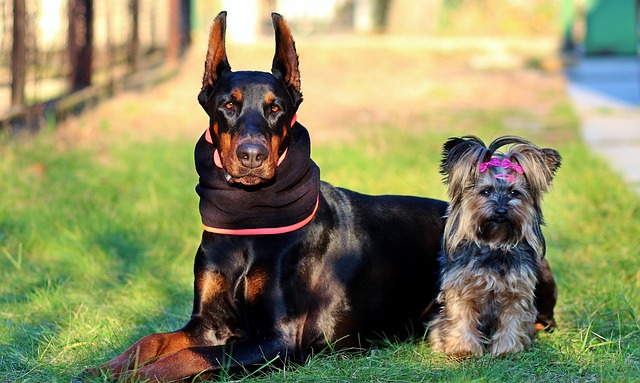
How to play with a dog on a hot day
When the sun blazes and the air feels like a warm blanket, your dog’s usual zoomies around the park might turn into listless stares at the door
It’s Saturday morning, and you’ve set out the rubber ducky-shaped shampoo, filled the tub with warm water, and called your pup for their weekly bath. But instead of bounding over, they freeze at the bathroom door, ears flattened, tail tucked, and slowly back away—even the promise of treats isn’t enough to lure them in. For new dog owners in suburban homes or city apartments across the U.S., this dance is all too familiar. Why does something so simple for humans feel like a battle for our furry friends? Let’s unpack the reasons and learn how to turn bath time from stressful to calm.
Dogs’ relationship with water often starts with their biology and past experiences. Unlike breeds like Labradors, who evolved to retrieve game from water, many dogs—think Bulldogs, Pugs, or even some Retrievers—don’t have the natural instinct to love getting wet. Their thick coats can feel heavy when soaked, and water in their ears or eyes stings, creating discomfort. Negative memories matter too: if a puppy’s first bath involved cold water, loud splashing, or being forced into the tub, they’ll link water with stress. Evolution also plays a role—wild dogs avoid deep water to stay light for hunting or escaping predators, a trait some modern dogs still carry.
The key to helping them overcome this is slow, positive exposure. Start small: fill a shallow basin with an inch of lukewarm water (test it with your wrist, like you would for a baby) and let them sniff it at their own pace. Toss a favorite treat into the water—letting them step in to retrieve it builds confidence. When it’s time for a full bath, keep the water level low, avoid spraying their face directly, and use a gentle, dog-specific shampoo. Afterward, wrap them in a fluffy towel and reward with extra pets or a chew toy—turning the experience into something positive, not punitive.
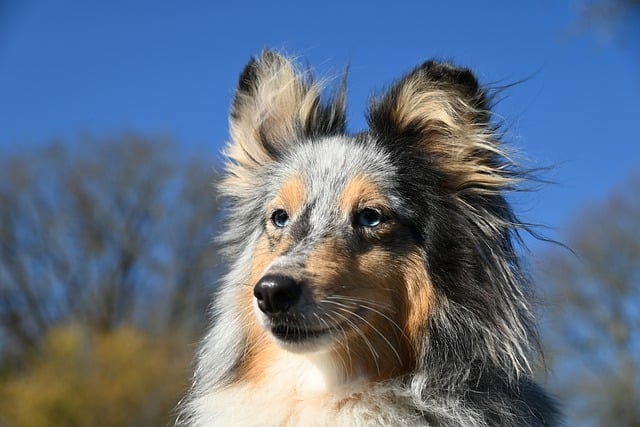
As a responsible dog owner in the U.S., remember legal basics: keep their rabies vaccine current, as all states require it by law (puppies usually start shots at 3–4 months, with boosters needed later). When out for walks, always pack poop bags—cities like Seattle fine up to $250 for leaving waste, and it’s part of being a good neighbor.
Culturally, never force a dog into water or scold them for fear—that only deepens their anxiety. Positive reinforcement, like treats and praise for calm behavior around water, works far better than frustration. In apartments, keep bath time quiet to avoid disturbing neighbors—use a handheld showerhead to reduce splashing noise. At community parks with ponds, let your dog approach water on their own; never drag them in, and always clean up any mess they make near water sources.
With patience and kindness, you can help your dog see water not as a threat, but as just another part of their happy, healthy life.

When the sun blazes and the air feels like a warm blanket, your dog’s usual zoomies around the park might turn into listless stares at the door

Dogs sense our moods like little emotional barometers, but calming them doesn’t need fancy tricks. First, carve out their own quiet nook: a plush bed away from foot traffic, maybe near a window where they can watch birds.
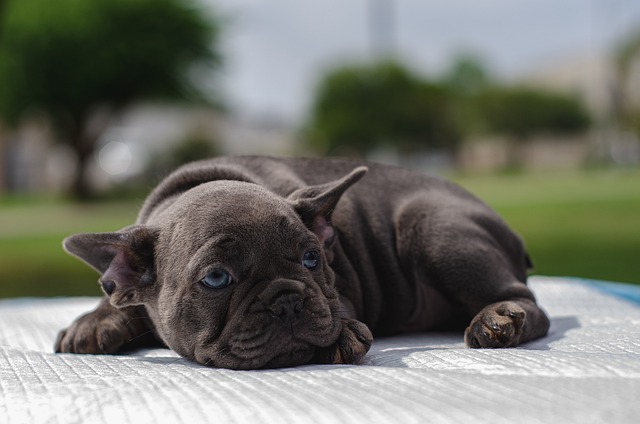
French bulldogs—with their squishy faces,bat-like ears,and wiggly tails—are hard not to adore.But their cute,compact bodies come with some unique physical traits that can put extra strain on certain parts of their anatomy,including their backs.

Watching a beloved dog grow old is a mix of joy and quiet sorrow. Those graying muzzles and slower steps hold a lifetime of memories, but as their bodies wind down, subtle shifts start to show.
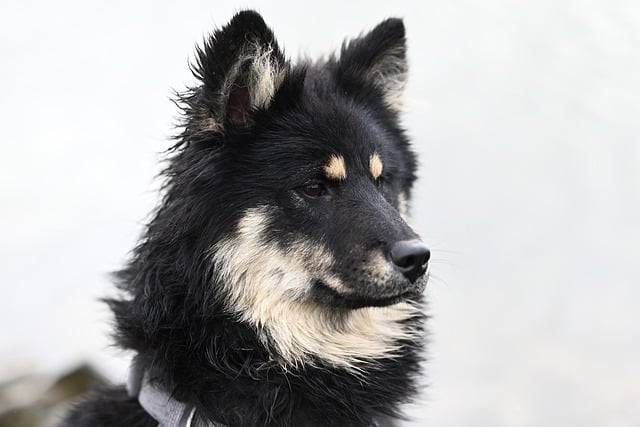
Watching your dog gray around the muzzle and slow down a little can tug at the heart, but aging doesn’t mean losing that spark.
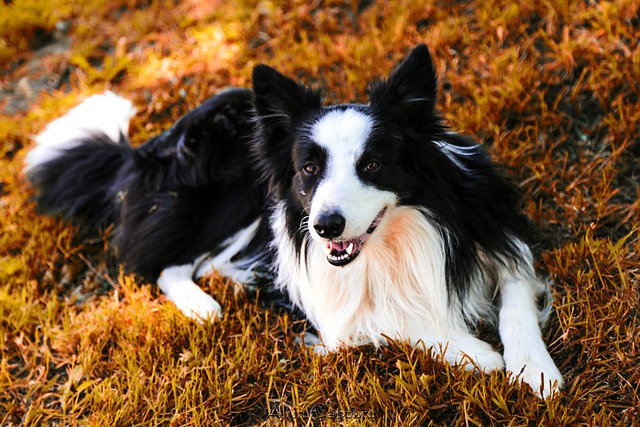
That panicked scramble when you turn on the garden hose or your pup's sudden refusal to step in a rain puddle - while viral videos show Labs gleefully diving into ponds